Here in wine country, where the weather always turns warm or hot about this time of year, everything is in a heightened state of frenzy.
The wine business really is a 365-days-a-year enterprise, and in Napa and Sonoma counties, which represent a tiny fraction of the wine made in all 50 states, the business is extremely stressful because so much money is wrapped up in it.
Neither of these popular wine-producing regions has experienced a disastrous vintage recently. The last disaster was 1972, when it rained so heavily that the harvest crews had a hard time, standing in mud while trying to harvest grapes that likely wouldn’t produce great wine.
Since then, there have been vintage variations, but nothing significant, although many wine collectors love to debate the difference between 1979 and 1980, even though the differences are extremely subtle.
In July, the grapes have entered that stage of development called “veraison”—the coloring that is so vital to every grape variety, white or red. The coloring of grapes is important because it begins the flavor-ripening process so essential to making fine wine what it is.
Sometime in August, a few early-ripening grape varieties will reach enough maturity to be harvested. The first usually are grapes that make sparkling wines, like chardonnay and pinot noir. Those varieties are harvested extremely early mainly because sparkling wines do not require intense flavors as much as they do high acidity.
The remainder of the grapes will make table wine. They stay on the vine to attain more flavor intensity. Some will be harvested by hand while others are picked mechanically—and there remains a debate among some wineries as to which process is better.
White wine grapes will usually be harvested earlier, and they will not be crushed but pressed to obtain juice. The juice must be protected from air as much as possible to prevent oxidation. It will end up in a fermentation vessel, yeast will be added, and bubbles soon appear.
When that fermentation ends, either at complete dryness or when the winemaker stops it to allow the wine to retain some sugar, it is then processed to remove impurities and then bottled.
Red wine grapes will end up in a crusher, most of the time without the stems (which could add bitterness), and then fermented with their skins, which is where all the flavor lies.
Rosé wines are made in a specific and distinct process that changes from winery to winery. It really is a completely separate process; it certainly isn’t just a blend of white and red!
The frenzy of activity at all wineries over the last several weeks includes bottling of prior-year vintages to free up fermentation tanks and oak barrels to give the winemakers places to put the wines that will come in from the vineyard, creating the 2022 vintage wines.
When a bottling line breaks down at this time of year, the most important person on the winemaking team is the one who can fix the line! And if that person isn’t available due to illness? The result is a lot of wrinkled brows, white hair, and aspirin.
This period also calls for reliable trucks to haul grapes, so motor pool maintenance in the weeks ahead of harvest is at a fever pitch, and every system in the winery is being tested over and over again to preclude disasters as the grapes arrive.
This includes testing of the cooling jackets that surround white wine fermenters. White wines must be fermented cool; hot fermentation produces potential disasters.
The 2022 wines won’t be seen for several months (some won’t be out for years!), but the work that went into them rarely is mentioned.

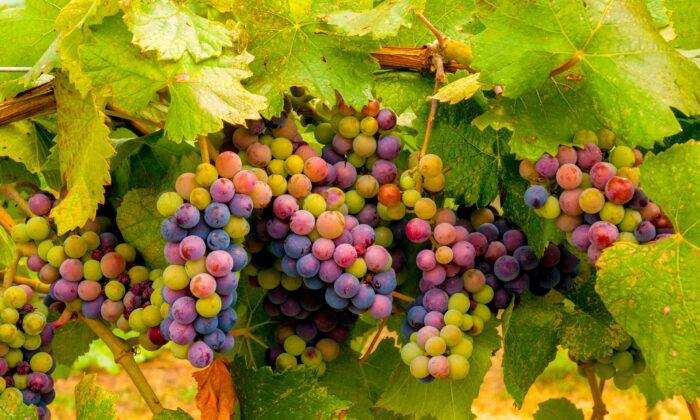
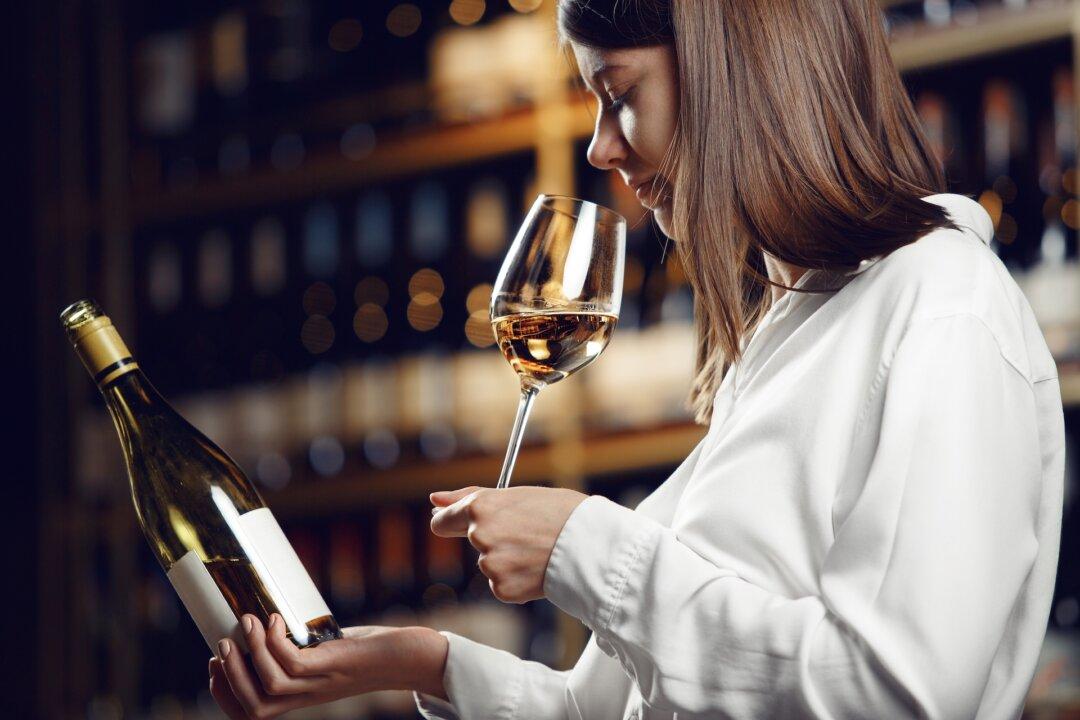
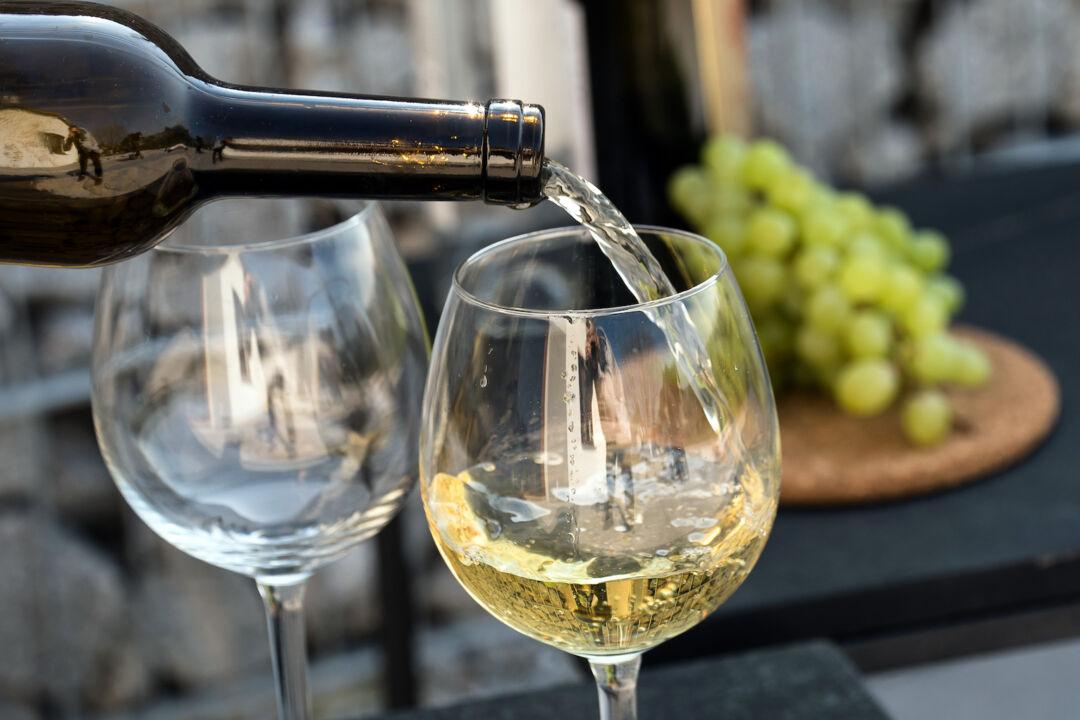
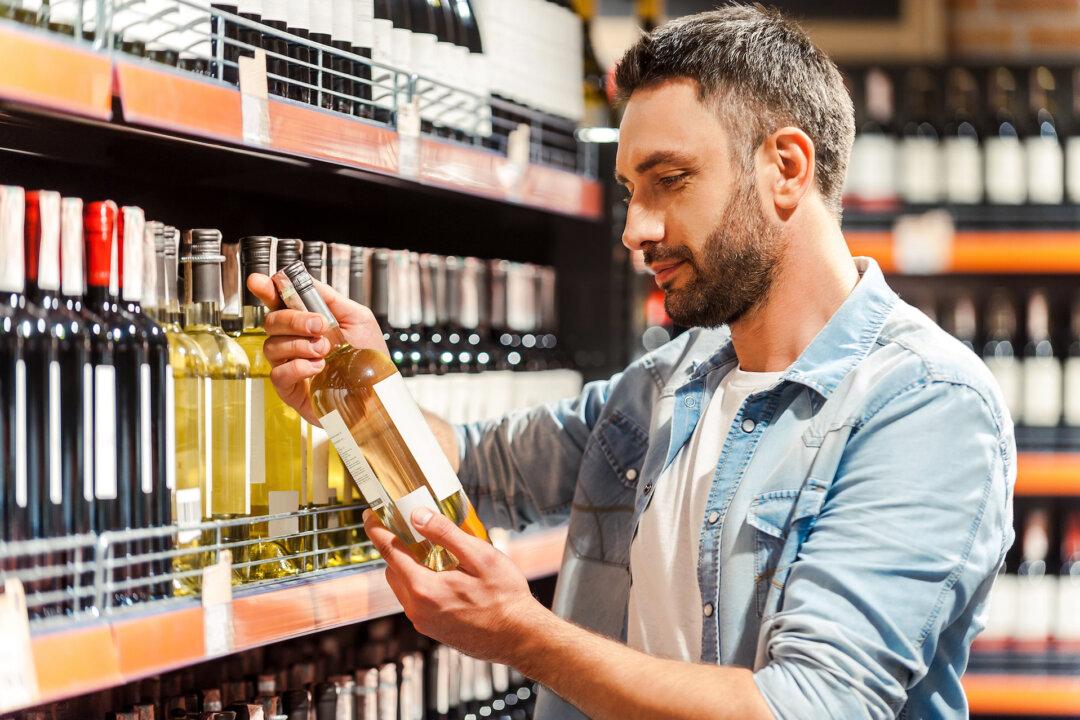
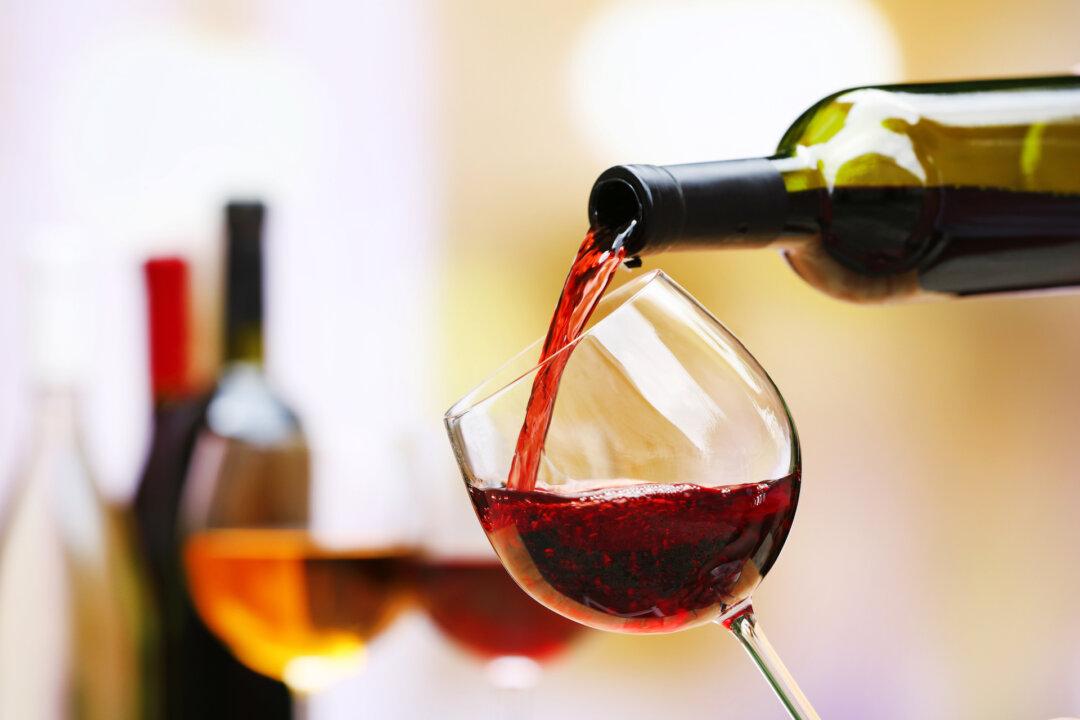
Friends Read Free